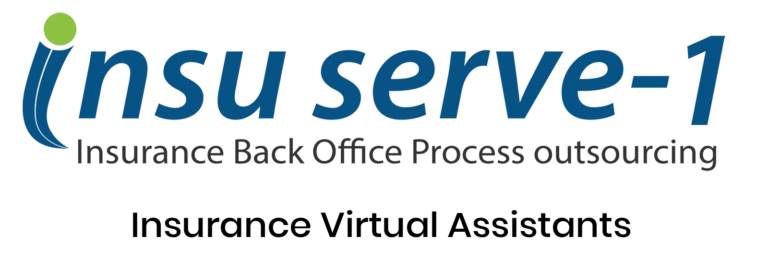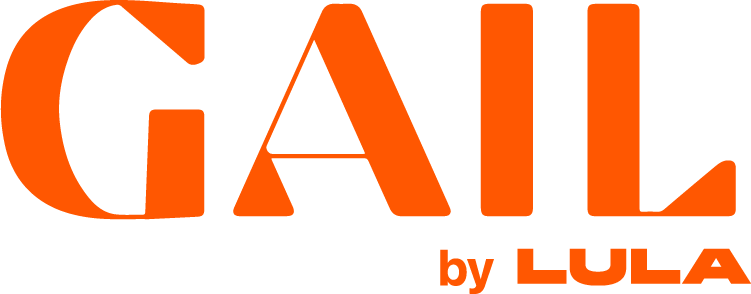When asked to consider the current state of carrier technology, it first seemed appropriate to revisit some industry dynamics. Specifically, let’s begin by considering “why” carriers may be choosing certain technology investments rather than just focusing on “what”. In fact, starting with “why” is sound advice when considering any change or investment in an organization…or on a personal level. It can also be beneficial when trying to understand the decisions other stakeholders are making. One will likely discover that even with a shared goal or vision, individual companies and even larger stakeholder groups have a different path to get there.
As a caveat, it’s important to note that with the vast number of carriers in the market, no set of observations can or should apply to all. Nonetheless, there are some overarching themes worth exploring when discussing why carriers may prioritize certain investments over others. Additionally, current market conditions serve as a reminder of a responsibility shared by everyone in the industry – to fairly indemnify our policyholders. While there are many other aspects of what each of us do every day based on our roles and respective companies, it is not hyperbolic to assert that we all share in making certain our industry can honor this promise.
While we all play a role in the concept of indemnification, carriers by and large bear the responsibility of understanding, pricing, and selecting insurable risk – and ultimately writing the proverbial check at the time of loss, a covered loss. Though we all know and respect this notion, it’s sometimes helpful to view this through some high-level numbers – specifically a combined ratio, what it represents, and how it influences industry-level focus.
Combined Ratios & Investment Decisions
For some this may be a refresher, but as I travel the country interacting with all the stakeholder groups, I have found the combined ratio conversation to spark quality dialogue. It’s a great way to discuss revenue and expenses, and ultimately how carriers think about where they can invest. In short, a combined ratio of under 100% indicates profitability, while a combined ratio over 100% indicates unprofitability. The calculation is relatively simple as well: losses + expenses / earned premium.
Let’s briefly look at the expense part of the equation and how it influences carrier investments. Though every carrier has different pricing targets by line, product, or geography, it’s reasonably fair to assume most standard/preferred markets look for loss ratios to be in the 55%-65% range year-over-year, which means we need to essentially put $.60 of each dollar we collect as an industry on the shelf to pay claims. And in harder markets like we are in now, that number increases, eating into what’s left for operating expenses. So, if 60% of every dollar of premium we collect must be safely managed to pay claims, that leaves just $.40 of each dollar the industry collects for all our expenses.
Given current market conditions, there are many examples of losses exceeding target loss ratios which drives carrier investment decisions to keep losses in line with plan. With that, the industry and carrier base are spending a great deal of time, effort, and money to better understand and manage loss while balancing investments in agency/customer capabilities and innovation. Some of these investments impact other stakeholders every day while others may or may not be seen or felt for some time, if at all. Regardless, they can impact what can be spent in other areas. Some examples:
- Greater pricing accuracy and sophistication, usage-based models, etc.
- Underwriting models for better overall risk selection
- Insight, tools, and consumer education to help mitigate losses before they occur
- Catastrophe and probable maximum loss modeling
- Fraud detection
- Emerging risks, such as AI, privacy, autonomous vehicles, weather patterns, and other natural disasters
- Continued navigation of regulatory and litigation environments
While this is far from an exhaustive list of loss/loss ratio -focused technology and innovation, they illustrate areas carriers are investing in. It’s worth noting that some of these are behind-the-scenes, may not yield benefits for years, and may not align with other agency or consumer-focused efficiency capabilities that carriers are also faced with exploring. However, these are critical areas of exploration and innovation for carriers as they fulfill their role in ultimately bearing insurable risk.
Looking at the expense portion of the combined ratio, it’s worth noting that many capabilities must be accounted for here as carriers prioritize investments for their own internal operational efficiencies, for tools and resources for the distribution partners, and for their customers. In fact, all stakeholder groups are researching and investing in their business to be more effective, navigate staffing challenges, remote workforces, consumer-facing services, and any number of insurance transactions through the channel.
Common Areas of Investment
Carriers are no different and, as a broad group, are working to prioritize current and future investments across several fronts: internal, distribution, and customer. This very complex dynamic can create excellent alignment among stakeholders, but it can also create concern or even frustration based on what other carriers, agencies, and technology companies are hoping to solve at a given time. While there is no perfect solution here, it’s worth noting several common areas of tech and investment among carriers from the expense factor of the combined ratio.
Internal
- Platform upgrades or full conversions for policy processing, billing, claims, human resources, employee training, etc.
- Attracting and retaining staffing as market trends, technology, and return to office dynamics merge
- Greater efficiency and cost reduction in licensing and contracting agencies/agents
- Actuarial and other financial management capabilities
- Strategic capability investments: products, geography, full lines of business
- Exploring and managing different distribution approaches based on other strategic choices
Distribution
- Policy transaction platforms to enable quote, submit, bind as well as day two servicing capabilities for internal staff and agency partners
- Integrating capabilities with current technology solutions as they evolve their offerings in the market – AMS providers, CRM, comparative raters, agency apps
- New/newer technologies, such as direct integrations and with whom to strategically partner
- Evaluating agency compensation as a function of new capabilities and associated expenses
- Agency/agent appointment and licensing efficiency and expenses
- Managing tools and resources to offer deeper partnerships with agencies while managing expenses – marketing, co-op, training, industry support, InsurTech investment, etc.
Customer
- Customer portals for payments, ID cards, first notice of loss
- Self-service capabilities to potentially offer agencies as a service
This list is far from comprehensive given the highly varied starting points and unique strategies among carriers. Additionally, some of these items are significantly bigger and more expensive initiatives than others. For example, carriers going through policy processing platform conversions are looking at the potential for multi-year projects that could be one of the largest investments they’ve made to date. Once completed, these large-scale projects will yield significant technology and innovation capabilities that support all facets of the combined ratio reference point by offering scalable expense reductions, speed to market, greater capabilities for agents, and latitude for growth. However, these massive projects make a material impact on what is left from the $.40 of the dollar bill not allocated to paying claims. The real pressure on expenses ultimately impacts the ability to invest in other areas. When you couple all of this with harder market conditions and combined ratios in excess of 100%, there is real pressure on the availability of funding for innovation and other market-facing technologies in some carriers.
Earned Premium
The final component of the combined ratio calculation is earned premium. There are two ways to improve a ratio, the combined ratio in this case: lower the numerator (losses and expenses), and/or growing the denominator (premium). While this seems simple in concept, it’s highly complex inside most carriers as they balance between daily operations, meaningful investments in the way employees and agents work together, and being able to fulfill our collective obligation to policyholders. Growing while keeping expenses flat would improve the combined ratio and is an effective strategy for a period of time. As we all know, growing isn’t as simple as just wanting to grow and often takes investment – whether in pricing, underwriting, distribution, or geography. In addition, growth is typically viewed as part of a cohesive strategy that balances all the moving parts to best align decisions around achieving a strategic goal while also being on a path to their financial targets.
Final Thoughts
This lengthy look at carrier technology through the combined ratio is intended to provide a slightly broader look into some categories of investments that carriers across the country are considering. While each of us may view the need for each individual investment differently based on our spot in the industry and what we are hoping to achieve with our carrier partners, there is value in a conversation that explores how a dollar of premium is allocated in our industry and the significance of a combined ratio. In short, the combined ratio is a perpetual balancing act. If a carrier operates over 100% too long, any number of things can occur to the detriment of all parties: employees, agents, policyholders, and vendors. As we have all experienced, rates need to go up, coverage availability is in question, access to markets is potentially impacted, employee retention is impacted – all the way to a carrier’s financial ratings being in jeopardy. On the other hand, if a carrier runs under 100% for a lengthy period time, regulatory bodies challenge rate increases and shareholders may ask for capital to be deployed more aggressively. In either case, it cycles back around 100% combined ratio leaving a relatively small percentage of a dollar of premium for innovation and investment.
Whether you are with a carrier, agency, or technology firm, it is important to think about technology investments through multiple viewpoints and consider the array of possible implications for other stakeholders. Any company needs to remain viable and do what it believes is necessary for the long-term sustainability of their organization. However, we all need each other in this independent agency system. Thus, it is also important to recognize the needs and position of our other stakeholders. We all have an opportunity and perhaps an obligation to understand a little more about the businesses we partner with and how they might be influenced differently by even the same circumstances. Ultimately, communication and appropriate transparency about plans and investments, and some may say empathy, can go a long way in the understanding, support, decision-making, and longevity of our industry. When considering any meaningful change in your life or business, or trying to understand the decisions others are making, it always helps to begin with trying to understand “why”.






























